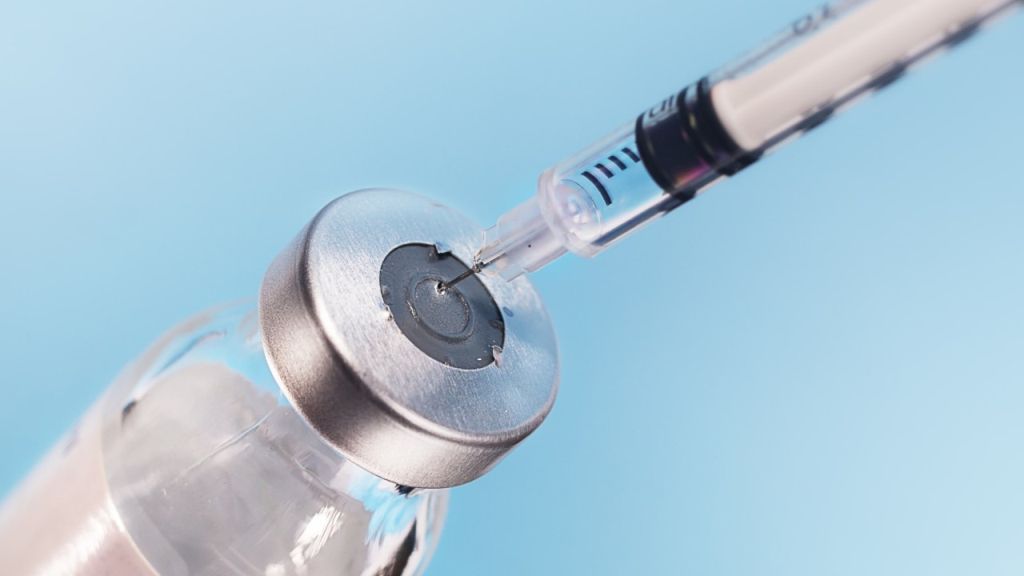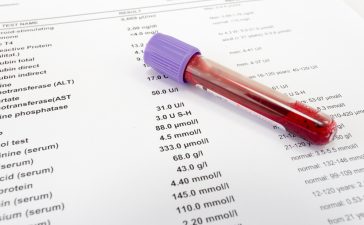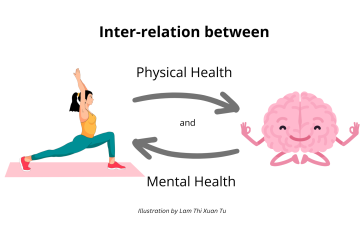Controlling bacterial growth is a fundamental aspect of medicine and healthcare. From preventing infections during surgeries to ensuring the safety of I, the inhibition of bacterial proliferation plays a pivotal role in saving lives. One solution that has quietly revolutionized this domain is bacteriostatic water. But how exactly does it work, and why is it such an indispensable tool for medical professionals? This article dives into the science behind bacterial growth inhibition in medical solutions, with a special focus on why you might want to buy bacteriostatic water for a variety of clinical applications.
Understanding Bacterial Growth and Its Implications in Medicine
Bacteria are among the most resilient and versatile organisms on Earth. Under favorable conditions, a single bacterium can multiply exponentially, forming millions of cells in a matter of hours. While not all bacteria are harmful, those classified as pathogens pose a significant risk to health. From bloodstream infections to sepsis, unchecked bacterial growth can lead to serious, sometimes life-threatening conditions.
This rapid proliferation becomes particularly hazardous in medical environments, where sterile conditions are critical. Surgical instruments, injectable drugs, and even basic intravenous solutions are highly susceptible to contamination if stringent bacterial control measures are not in place. That’s where bacteriostatic agents and bacteriostatic water come into play—providing specialized tools to halt the growth of bacteria before they can cause harm.
What is Bacteriostatic Water?
To appreciate the utility of bacteriostatic water, it’s essential to understand what it is and how it functions. Bacteriostatic water is a specially prepared sterile solution of water containing 0.9% benzyl alcohol, a compound known for its antimicrobial properties. Unlike bactericidal agents, which kill bacteria outright, bacteriostatic solutions inhibit bacterial growth, essentially halting the replication process. This subtle yet powerful difference ensures that bacterial populations do not increase, allowing medical professionals greater control over contamination without altering the solutions’ stability or composition.
For medical procedures that involve dilution of injectable medications, reconstitution of powders, or delivering medications intravenously, bacteriostatic water provides an added level of safety and efficacy. Its capacity to inhibit bacterial growth makes it a preferred choice in multi-dose vial preparations, where the same vial may be accessed multiple times over a short period.
Mechanisms of Bacteriostatic Action
To understand why bacteriostatic water is so effective, you need to explore the science behind its mode of action. The key antimicrobial component in bacteriostatic water, benzyl alcohol, interferes with bacterial cell processes in multiple ways. Primarily, it disrupts the bacterial cell membrane, making it harder for the bacteria to absorb nutrients and expel waste products effectively.
Beyond its impact on the cell membrane, benzyl alcohol also interferes with metabolic pathways, reducing the energy bacteria require for growth and replication. These cumulative effects ensure that bacterial populations remain static, buying valuable time for healthcare workers to administer medications safely before any potential contamination can spread.
Interestingly, while bacteriostatic water halts bacterial growth, it does not compromise human health. Benzyl alcohol concentrations in bacteriostatic water are carefully calibrated to ensure safety while maintaining strong antimicrobial activity. This makes it optimal for sensitive medical procedures where sterility cannot be compromised.

Why Bacteriostatic Water Is Essential in Modern Healthcare
The use of bacteriostatic water extends far beyond a single use case. Its ability to inhibit bacterial growth makes it a critical resource for various medical applications. Injectable medications, for instance, are one of the most common areas where bacteriostatic water proves invaluable. Reconstituting powdered drugs, diluting concentrated medications, and preparing multi-dose vials all depend on this solution to maintain sterility.
Additionally, bacteriostatic water is especially beneficial in environments like hospitals and clinics, where minimizing the risk of nosocomial infections—those acquired in a healthcare setting—remains a top priority. It also finds applications in long-term patient care settings, such as home healthcare, where patients may need to self-administer injections like insulin and other medications. For these scenarios, bacteriostatic water enhances the safety of repeated use by preventing microbial contamination.
Specific patient populations, such as immunocompromised individuals, are particularly vulnerable to bacterial infections. Bacteriostatic water contributes to their safety by minimizing exposure to potential contaminants during the administration of life-saving medications. For medical practitioners and facilities looking to ensure the highest standards of care, the decision to buy bacteriostatic water is often a foundational step in infection control.
How Bacteriostatic Water Differs From Sterile Water
It’s worth noting that sterile water for injection and bacteriostatic water share similarities but are not interchangeable. Sterile water is free from any microbial contamination and contains no antimicrobial agents, making it appropriate for single-use applications where the solution is immediately consumed upon opening. However, sterile water lacks the ability to inhibit bacterial growth, making it unsuitable for multi-dose scenarios.
On the other hand, bacteriostatic water offers prolonged usability due to benzyl alcohol’s antimicrobial properties, allowing the same vial to be accessed multiple times safely. This feature makes it a cost-effective and convenient solution for settings with higher demands for multi-use medical preparations. Medical professionals should carefully choose between the two options based on specific procedural requirements and patient needs.
The Future of Bacterial Growth Control in Medical Solutions
As the medical field continues to evolve, the importance of controlling bacterial growth in medical solutions will only increase. Innovations in bacteriostatic agents, new formulations, and advanced sterilization techniques are being developed to stay ahead in the fight against bacterial contamination. However, bacteriostatic water’s effectiveness and reliability make it a staple in current medical practices, and its value is unlikely to diminish anytime soon.
Healthcare providers considering whether to buy bacteriostatic water should not overlook its role in fostering safer medical environments. From ensuring the efficacy of injectable medications to protecting vulnerable patient populations, bacteriostatic water remains a critical tool in the arsenal against bacterial contamination. Its proven track record, combined with its versatility, solidifies its status as an essential resource for modern medicine.
Taking Action for Safer Healthcare
Bacterial contamination is an invisible threat that every healthcare professional must address proactively. Bacteriostatic water offers a reliable, scientifically backed solution to maintain sterility, reduce risks, and ensure the highest standards of patient care. For medical facilities, clinics, and individual practitioners, the decision to incorporate bacteriostatic water is not just a matter of convenience—it’s a commitment to safety and efficacy.
If you’re looking to elevate the standard of care in your practice, it’s time to consider the benefits of bacteriostatic water. Whether you’re working in fast-paced hospital environments or supporting patients in a home care setting, the right tools make all the difference. Explore trusted suppliers and make the move to buy bacteriostatic water today—because in medicine, every decision matters.






